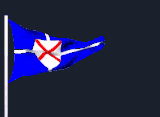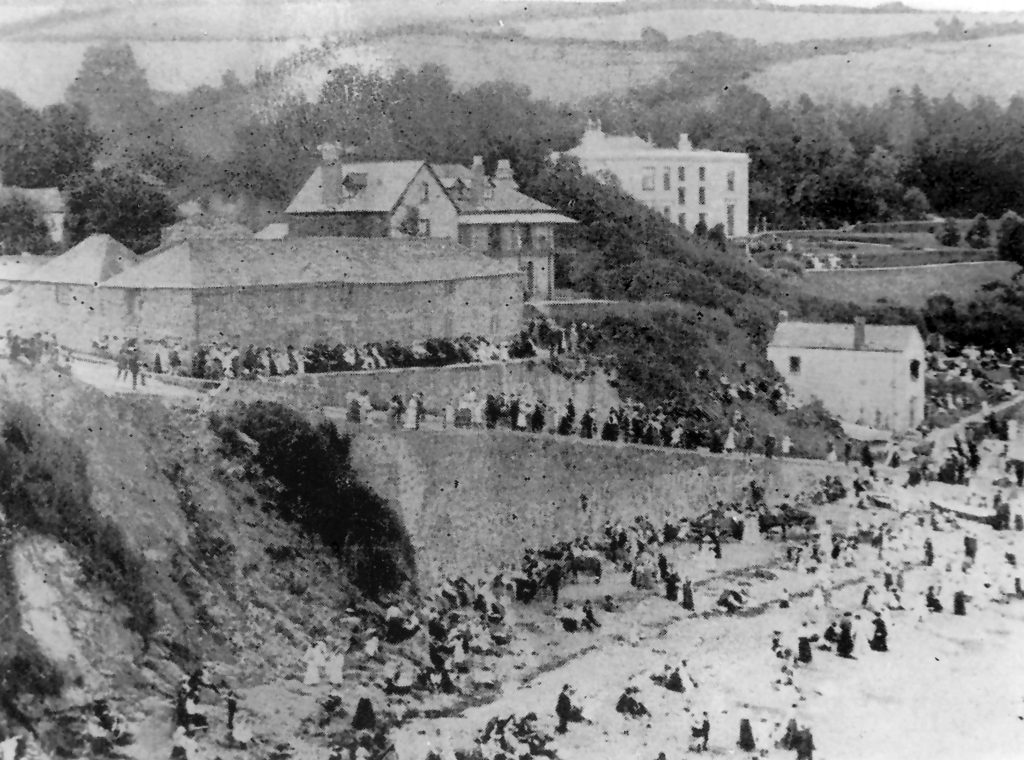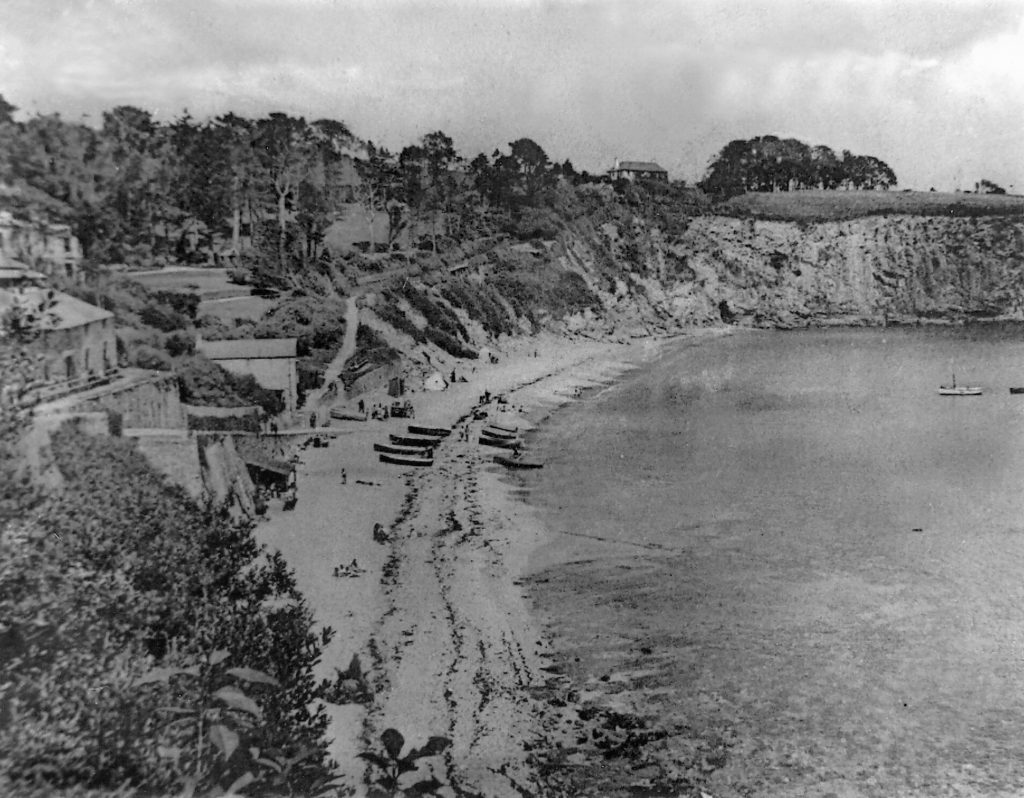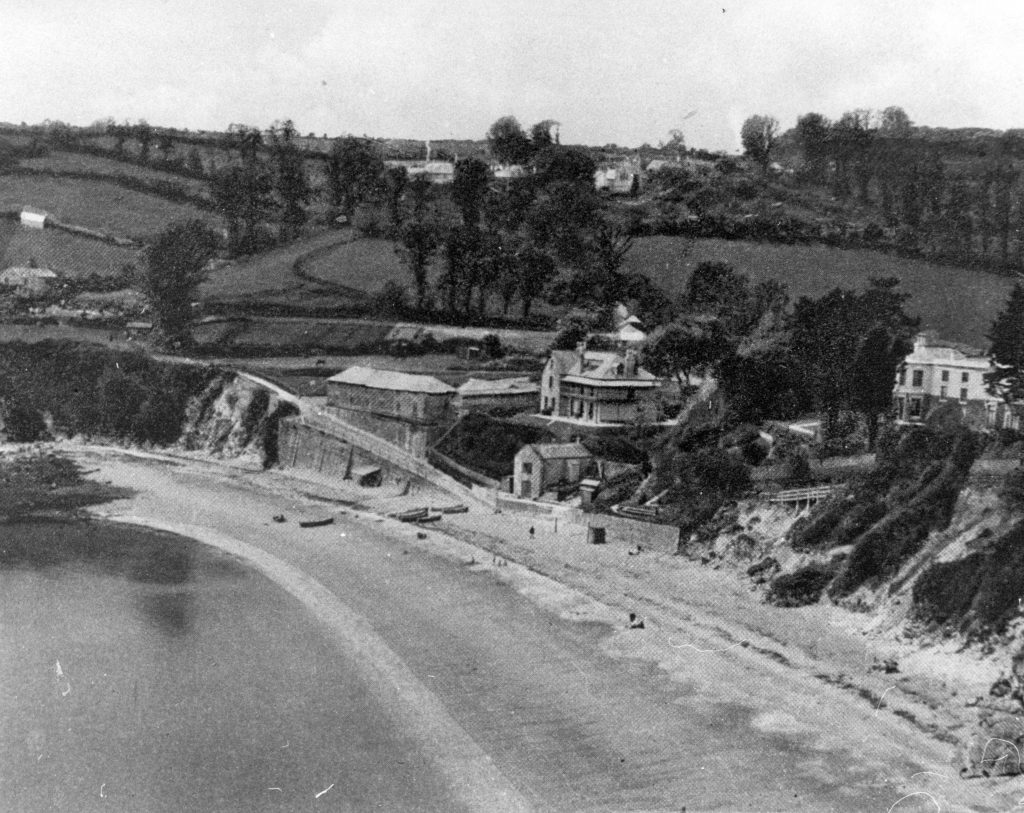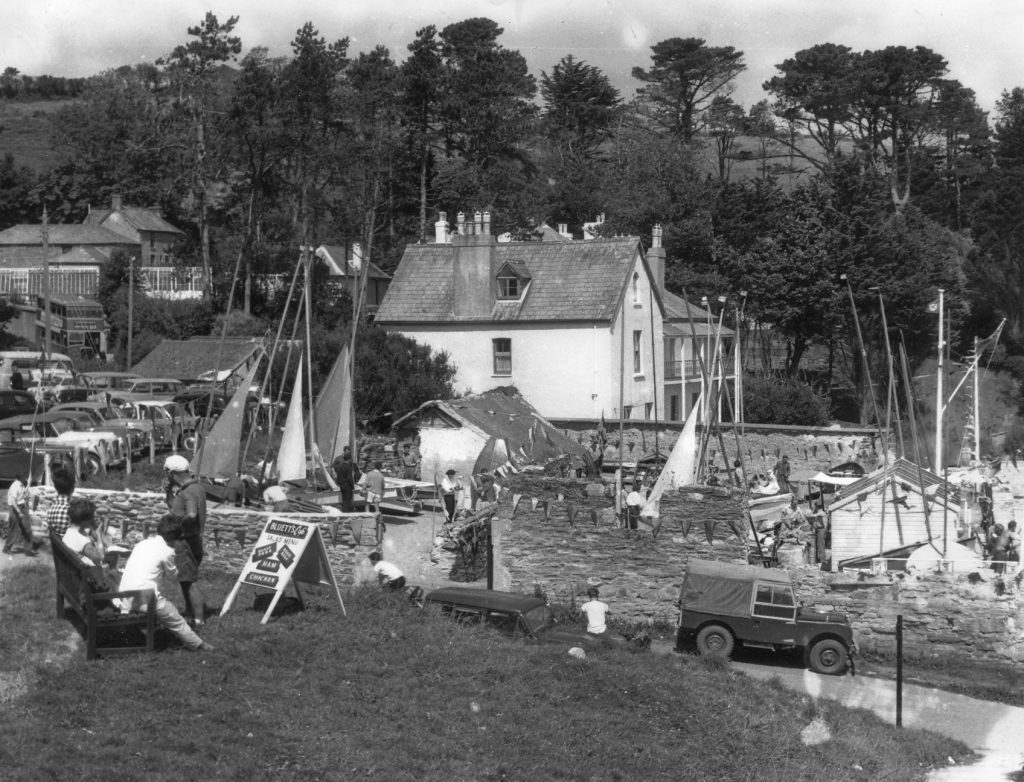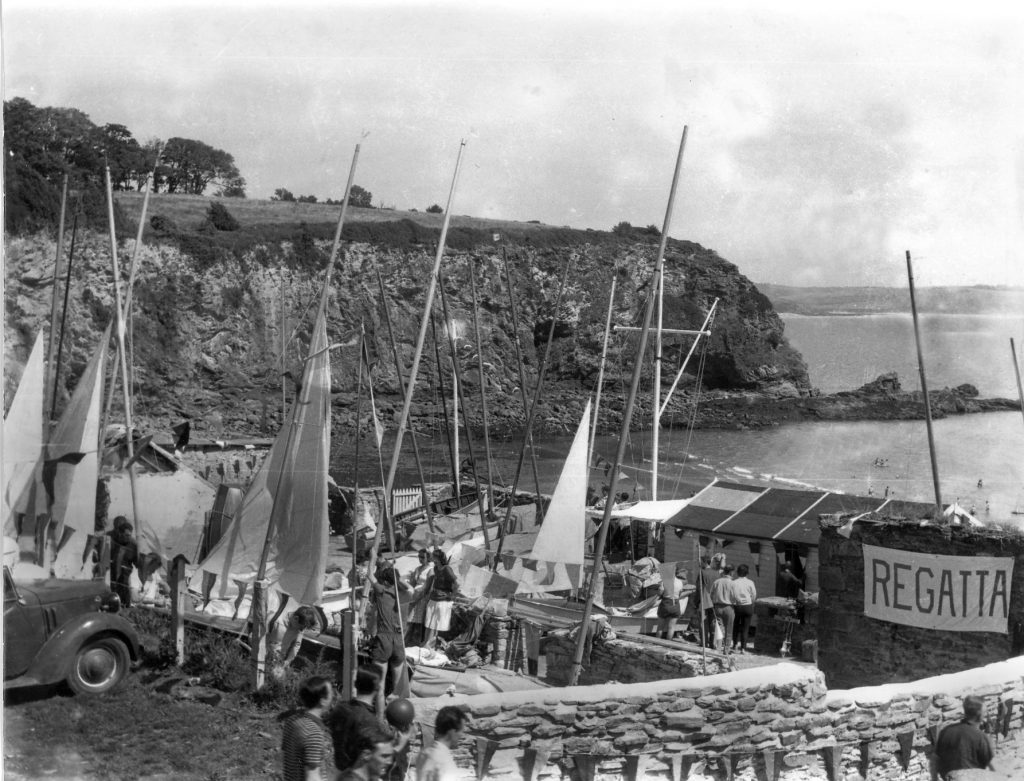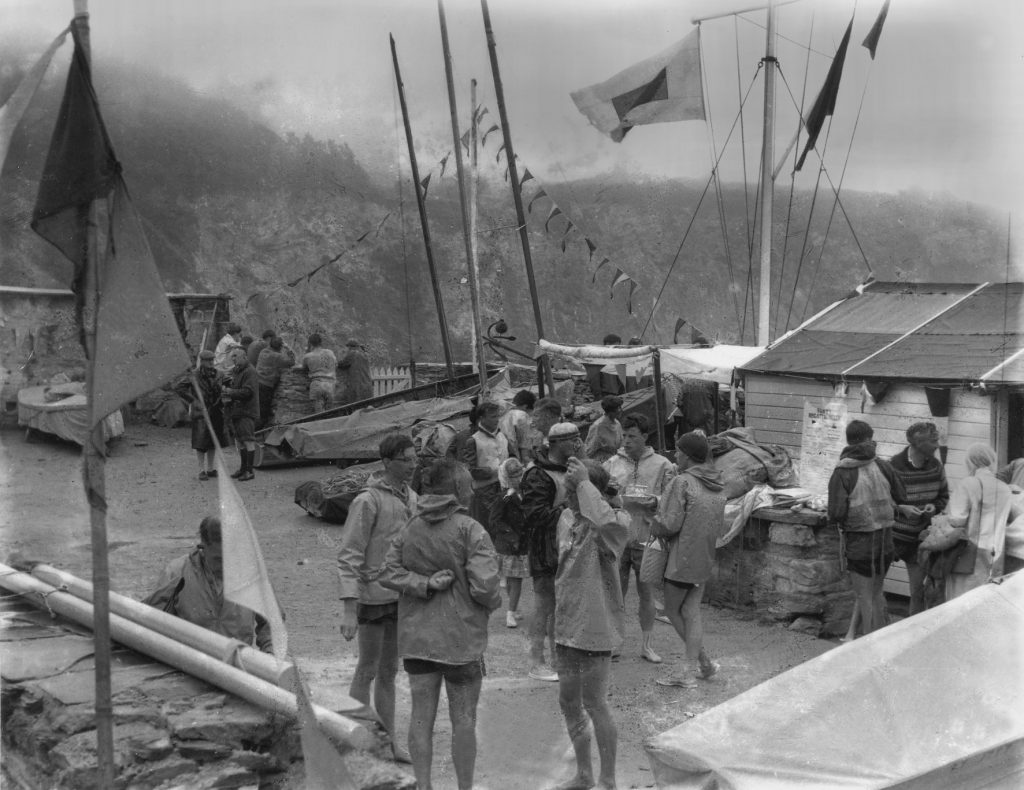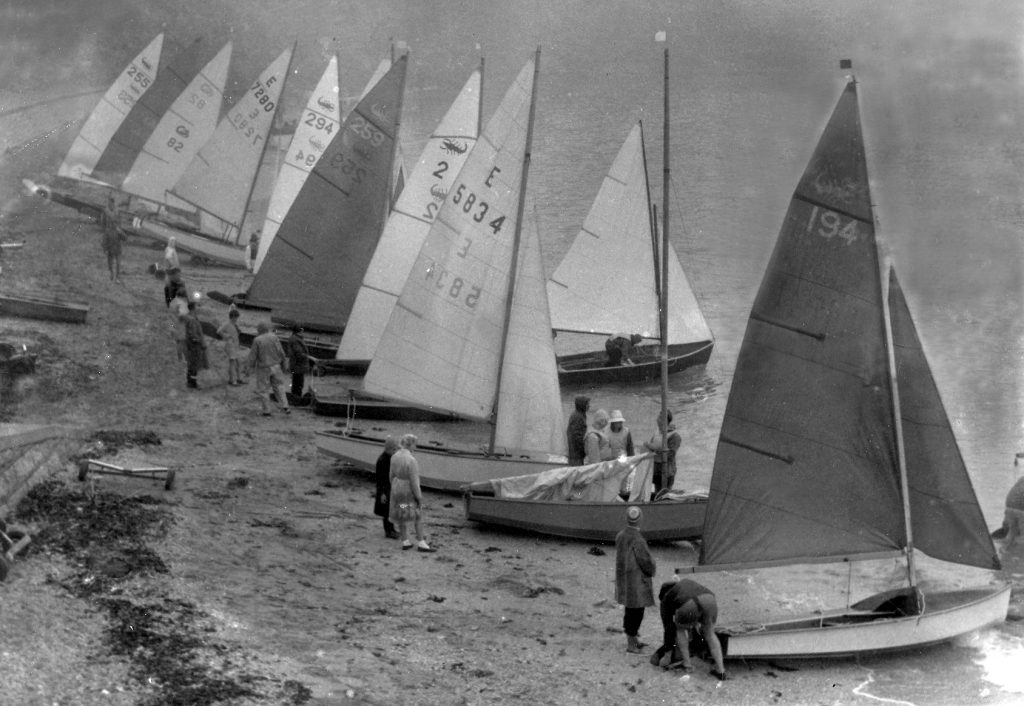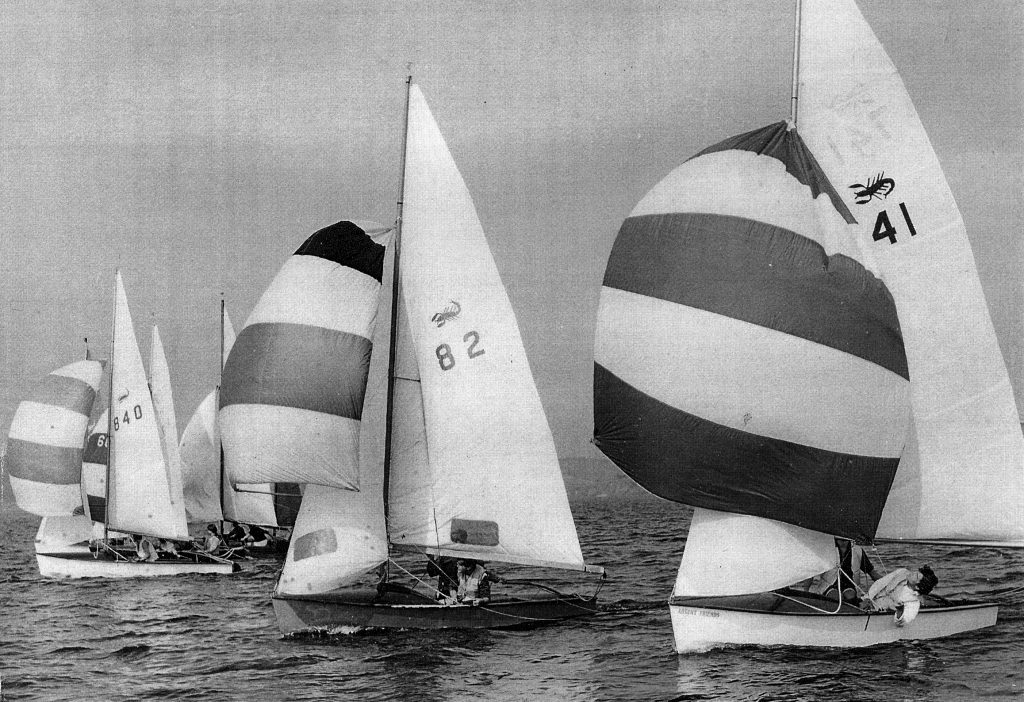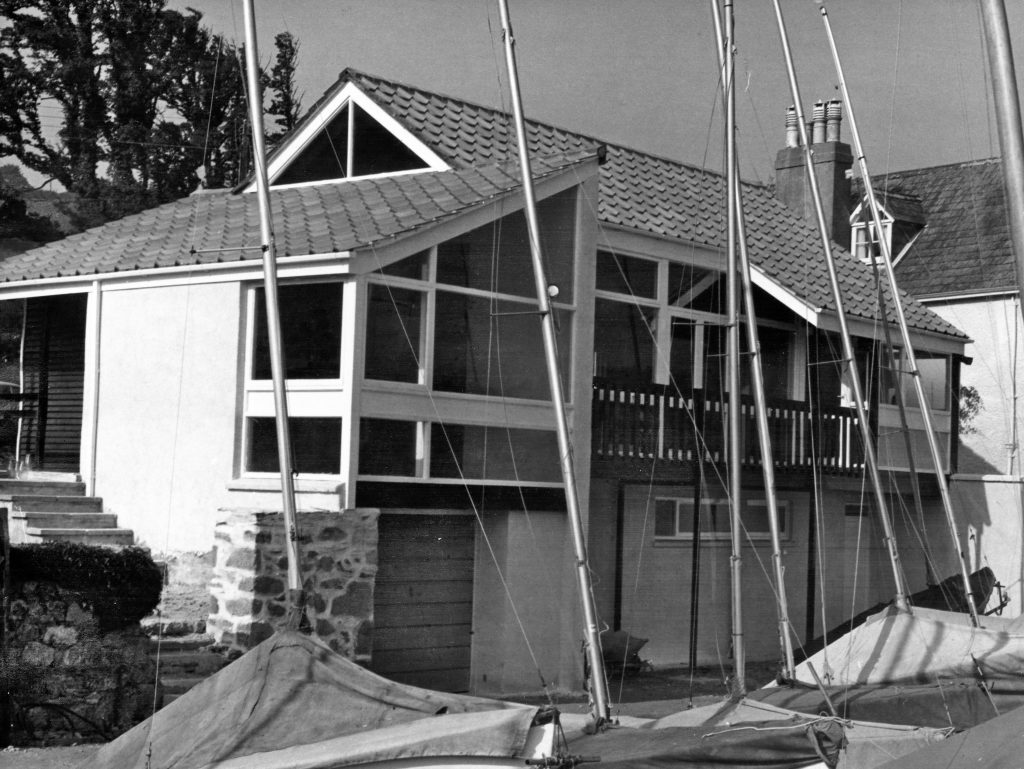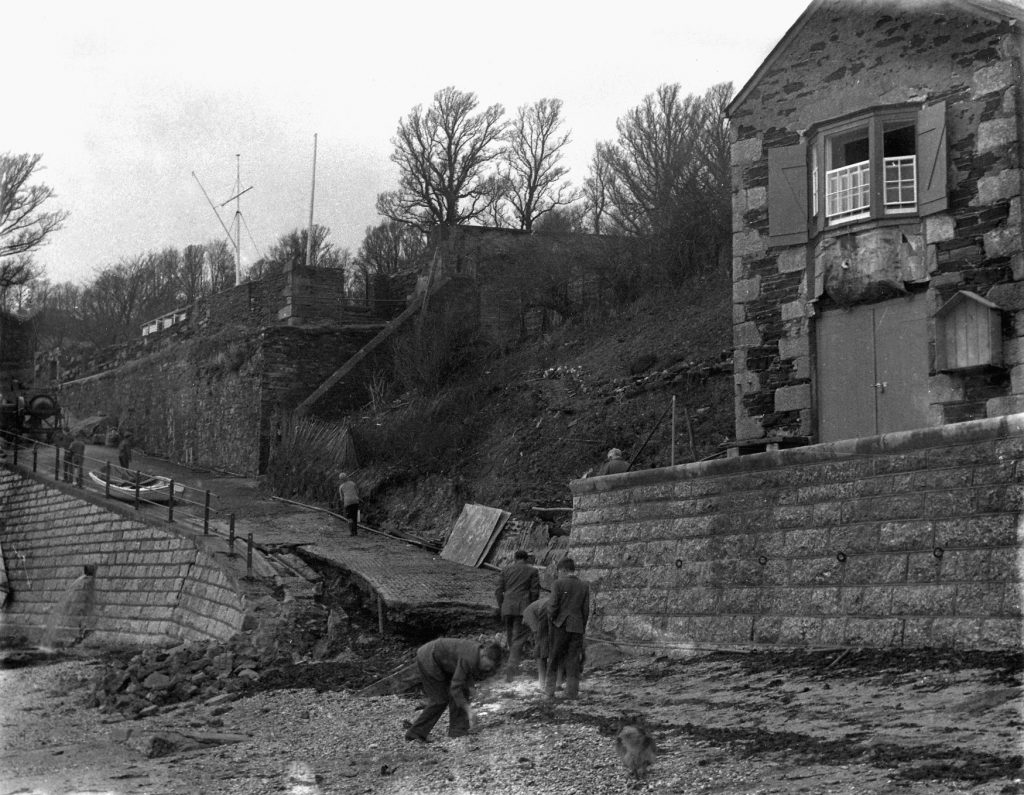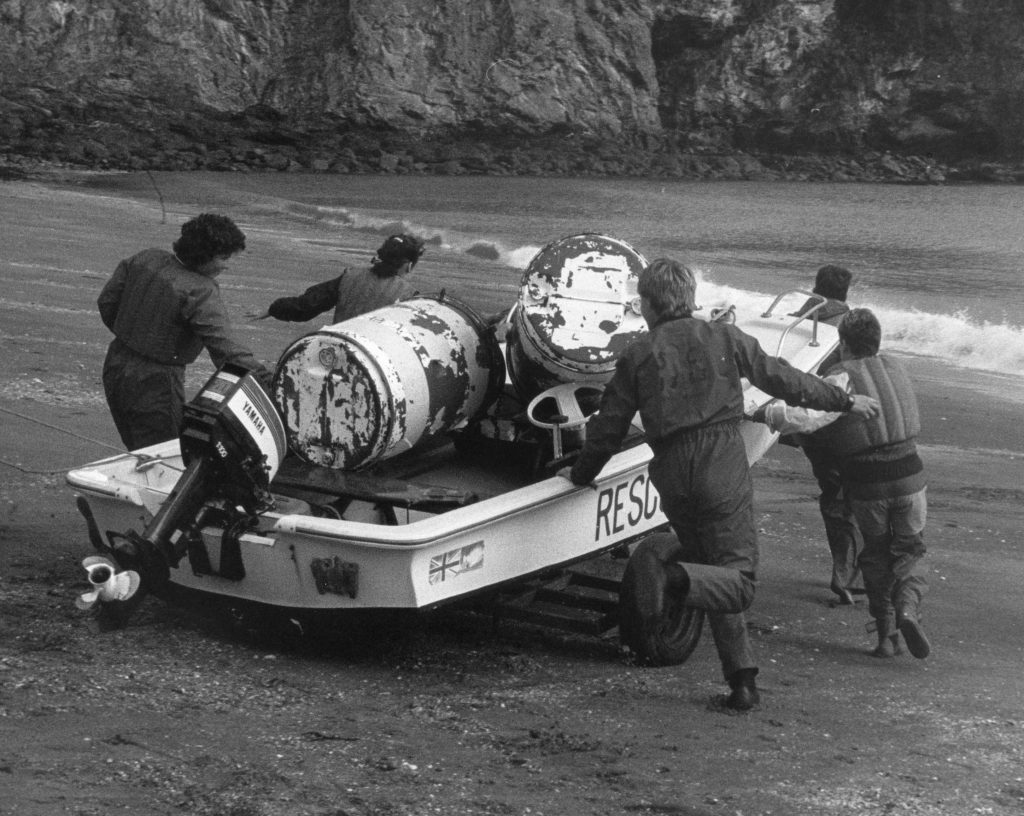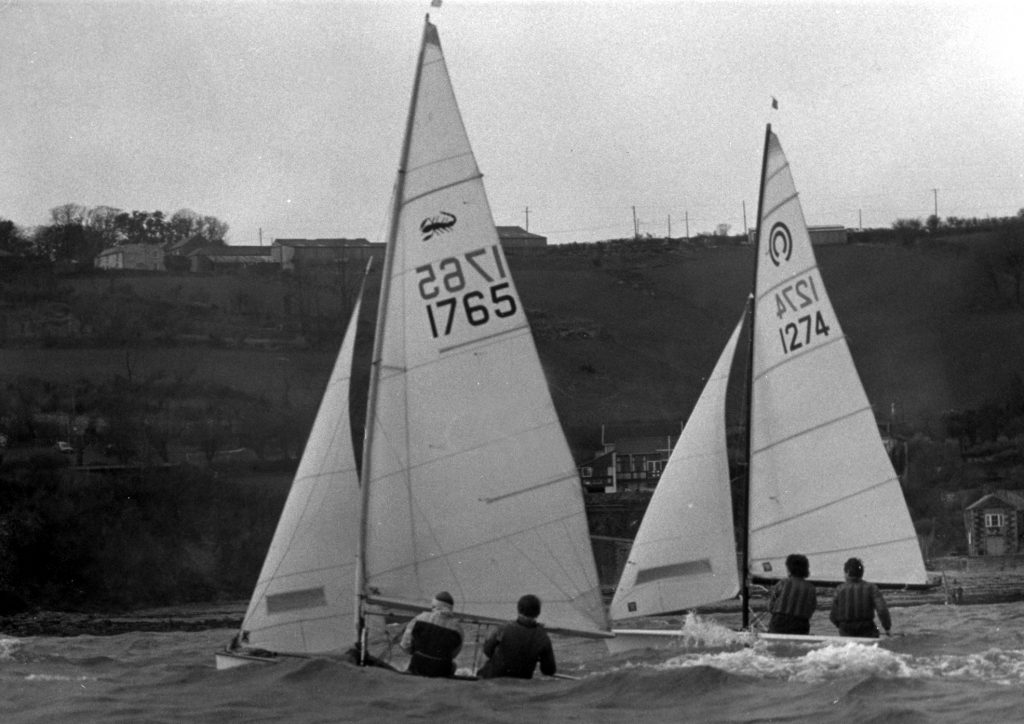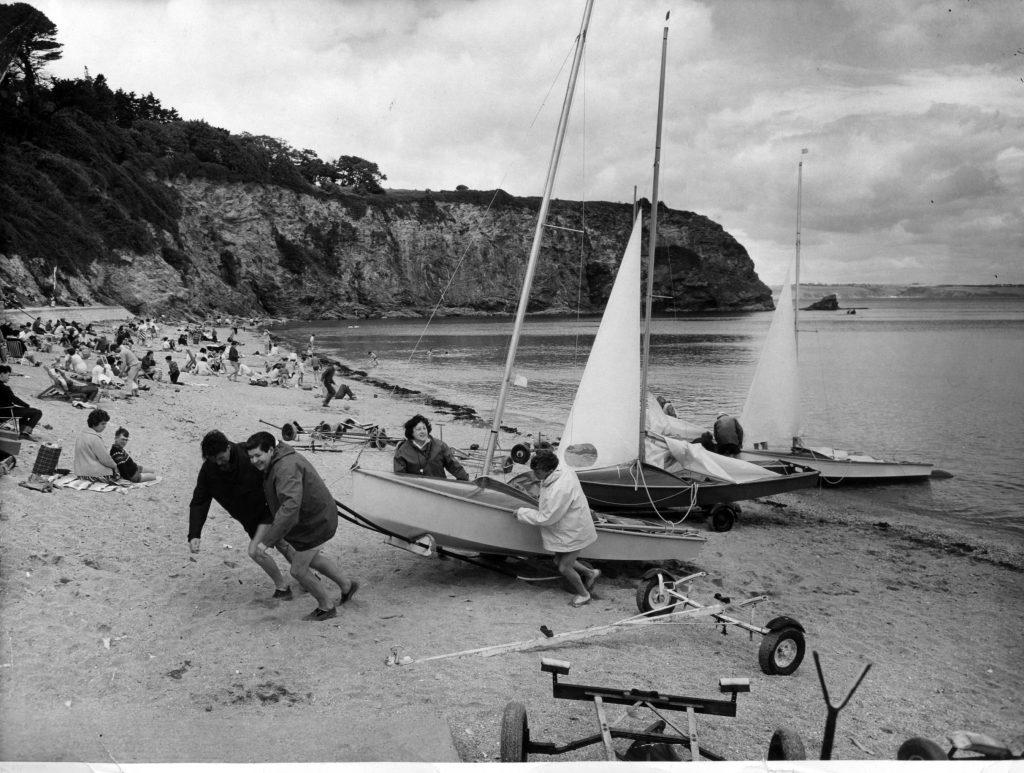PSC is tucked in the westernmost corner of St Austell Bay,
in a cove which affords protection from all but south easterly winds.
The club house stands above Porthpean Beach, a wholly unspoilt sandy beach which shelves gently to the sea, thus making for safe launch and recovery. The beach’s protected situation is favoured by canoeists and paddleboarders, who either paddle left to Charlestown or right to the secluded low water beaches further around the bay. There are panoramic views of the whole bay from the club house, with the red and white striped day marker on Gribbin Head in the distance, and on clear days, beyond to the Eddystone Lighthouse.
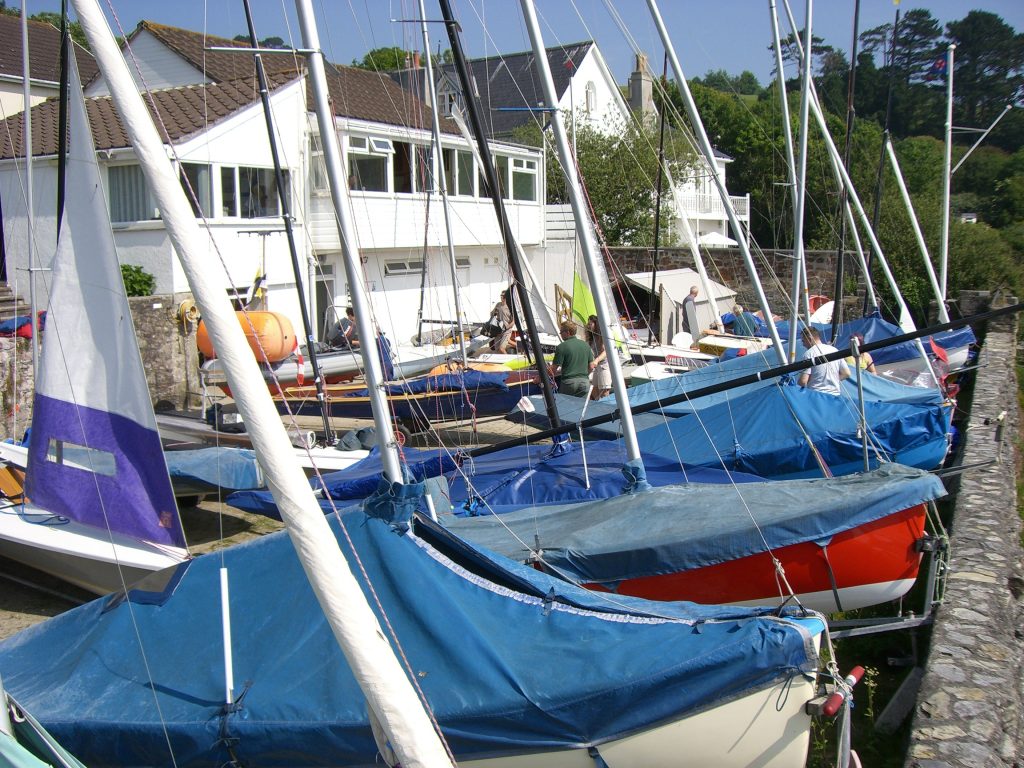
We are passionate about dinghy racing at PSC, and as well as our usual club racing, we often run national championships; a challenge which keeps all our committee and safety kit up to scratch.
The handicap system compensates for class variations, making the racing competitive, with often only seconds separating finishing places. Although it can be said the racing is competitive, it is never forgotten that it is all just fun, and when the boats come ashore there is always a team spirit to haul the dinghies to the slip, for our tractor to pull them up to the club yard. We also have club boats for the use of members, again designed to cater for all. We have a Bug dinghy for early beginners, through to Pico dinghies, Lasers and a Vago for those who fancy spinnaker and trapezing. It should be noted that the club is not a training centre, but there is plenty of help and advice available for those with a reasonable sailing competence.
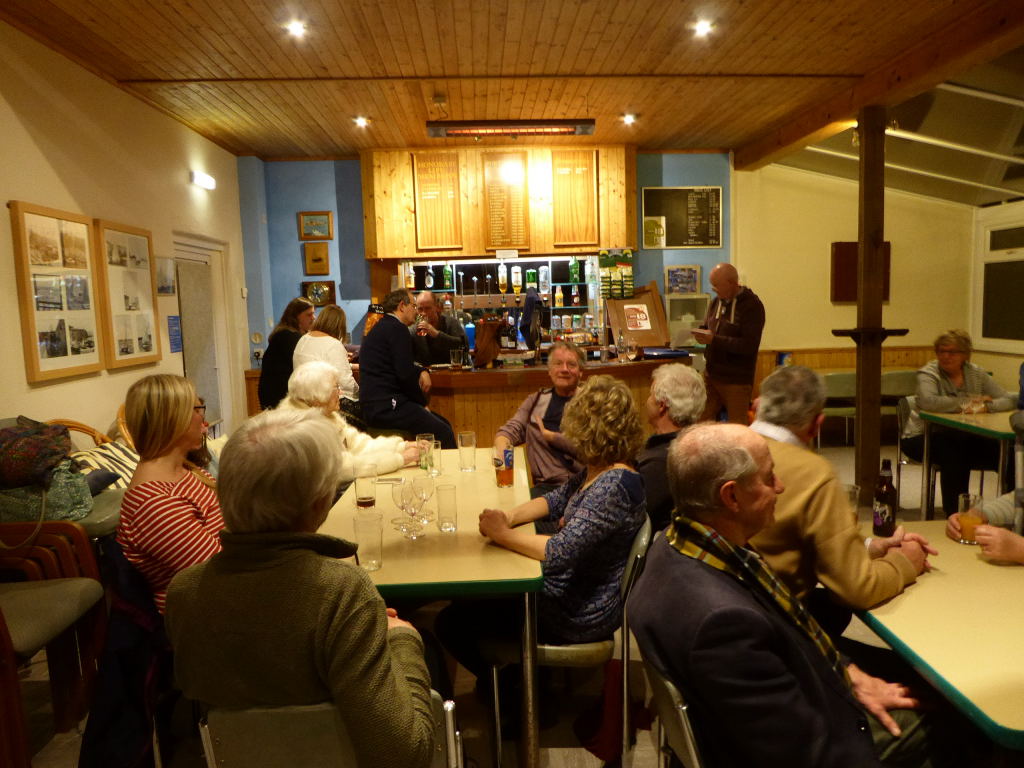
When the tractor and safety boat are rinsed down and squirreled away, covers on, then it’s time for a bacon butty or a pasty from the galley, and maybe an après-sail drink from the bar. As a club, we are proud of our reputation for a happy, relaxed, and inclusive atmosphere where newcomers quickly feel at home. There is a family friendly ethos in the club, making it an easy going, though sometimes noisy place. The year round social calendar with skittles, quizzes, club walks and evening BBQs cater for most tastes, and out of season it is a lovely place for a quiet drink with friends.
PSC is rya affiliated
When you affiliate to the RYA you become part of the RYA family, a community of like-minded clubs and associations working with the RYA to ensure the ongoing success and growth of club and class activity and all forms of boating across the country. Affiliation also supports the RYA’s work protecting your rights and freedoms on the water.
PSC history
The history of Porthpean and how the sailing club came into being
The site that Porthpean Sailing Club is located on today used to be a Pilchard shed. Annual Membership Fees used to be £1.25 a year, there was no safety boat, and It was also noted that “they were a hardy lot” in those early days with not a wet suit in sight!
